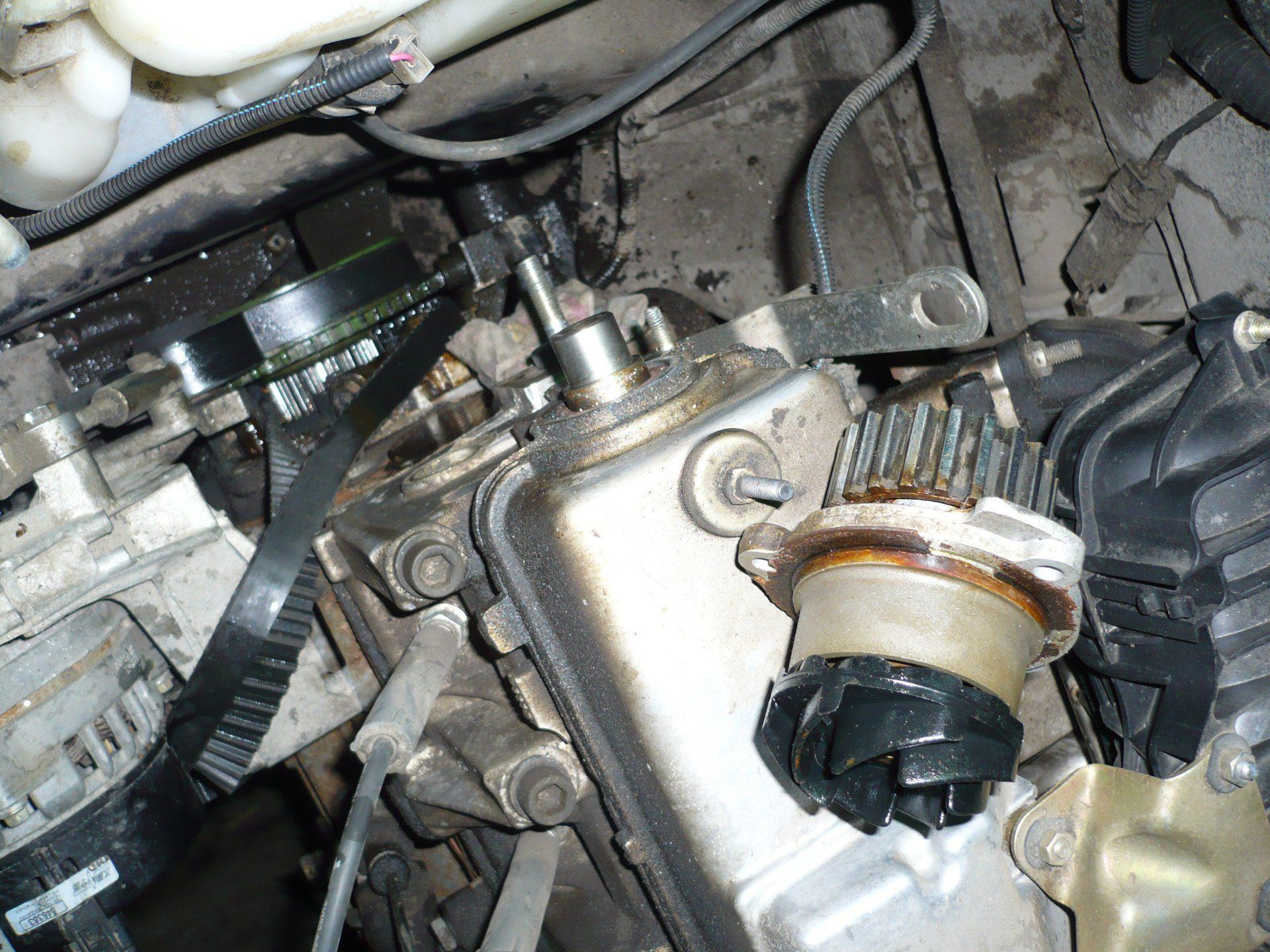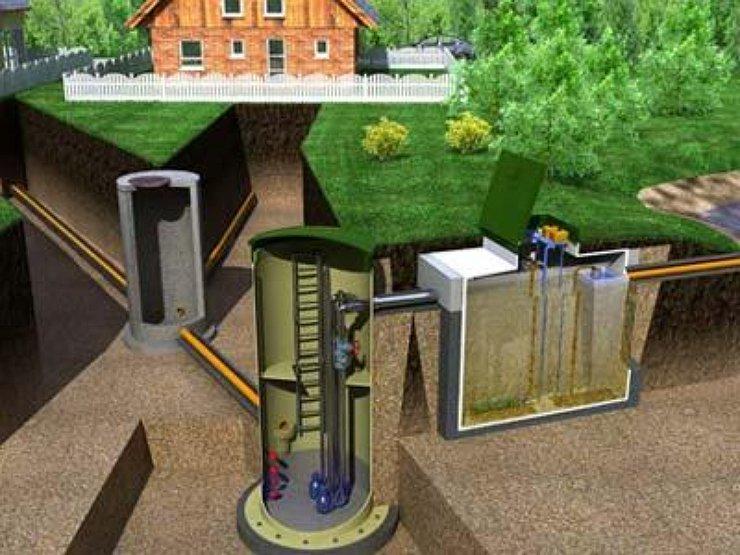
Simple Methods to Expel Air After Coolant Change
Content
The procedure must be carried out slowly, as hot antifreeze can burn your face and hands. In modern cars, purge is carried out through the radiator - a thermostatic plug does not allow this to be done through the expansion tank.
To expel air from the heating system is a mandatory regulatory requirement after its maintenance. Airing the tubes causes a number of problems leading to a breakdown of the car.
Can antifreeze be squeezed out due to an airlock
The problem of squeezing antifreeze out of the cooling system is most often faced by owners of Russian cars. In most cases, this may be due to:
- with a malfunction of the exhaust valve on the cover of the expansion tank;
- unqualified replacement (topping up) of the coolant.
After the appearance of a plug, the engine cooling is carried out at an insufficient level:
- it overheats or does not supply warm air at all;
- interior heating does not work well.
The circulation of antifreeze is also disturbed - it is squeezed out of cracks in the hoses, in places where the connecting elements do not fit snugly, from under the tank lid.
How to expel air from the cooling system
The way to remove the airlock depends on the design of the car, the amount of air that has entered, and the availability of the necessary equipment.
Road
The method is the easiest to perform, can be used in the absence of the necessary tools at hand, but not always effective.

Pouring liquid into the tank
After replacing the coolant, air can be expelled by following the sequence of actions:
- Park the vehicle on a level surface.
- Apply the handbrake.
- Place a jack under the front wheels and raise the car to the maximum possible height (at least half a meter).
- Remove the plug from the expansion tank.
- Start the engine.
- Set the interior airflow to maximum speed.
- Start slowly adding antifreeze until the maximum level is reached.
- By pressing the gas pedal, raise the speed to 3 thousand and hold in this position until the engine warms up.
- Strongly squeeze the hose that drains the coolant from the radiator (being ready to spill antifreeze) in order to squeeze out air.
Repeat the last step until the plug is removed. During the process, it is recommended to control the engine temperature to avoid overheating.
Purging without the use of equipment
The method is more effective than the previous one, but requires more accuracy. All actions are carried out on a warm engine (at least 60 ºС):
- Top up antifreeze to the required level.
- Remove the upper pipe (for an injection engine - from the throttle, for a carburetor - from the intake manifold), and lower the end into a clean container.
- Expel the air from the antifreeze by blowing hard into the expansion tank. It is necessary to blow until the moment when air bubbles cease to appear in the poured liquid.
- Fasten the hose in place.
The procedure must be carried out slowly, as hot antifreeze can burn your face and hands. In modern cars, purge is carried out through the radiator - a thermostatic plug does not allow this to be done through the expansion tank.
Purging with a compressor
The method is used in service centers - they use a special compressor that supplies air under pressure. In garage conditions, it is allowed to take a car pump.

How to remove an air lock in the cooling system
The procedure is similar to the previous method, you need to monitor the pressure (due to the powerful flow, you can expel not only air from the antifreeze system, but also the coolant itself).
Full replacement
It is necessary to remove the existing liquid and add a new one, observing the technical regulations. To prevent the situation from happening again, you need to flush the system with a cleaning compound, fill it with antifreeze using a compressor, and check for the formation of air bubbles on the drain. At the end of the procedure, tighten the cap tightly and make sure all connections are secure.
Prevention of airing causing engine overheating
To eliminate cooling problems, you need to follow the recommendations:
- periodically check the level of antifreeze;
- use only proven coolant (coolant);
- when replacing, it is recommended to pay attention to the color of the coolant and buy a similar new one;
- problems that have arisen must be eliminated immediately after they appear, without waiting for the situation to worsen.
The main recommendation of experts is to carry out maintenance by trusted craftsmen and not pour water into the system.

